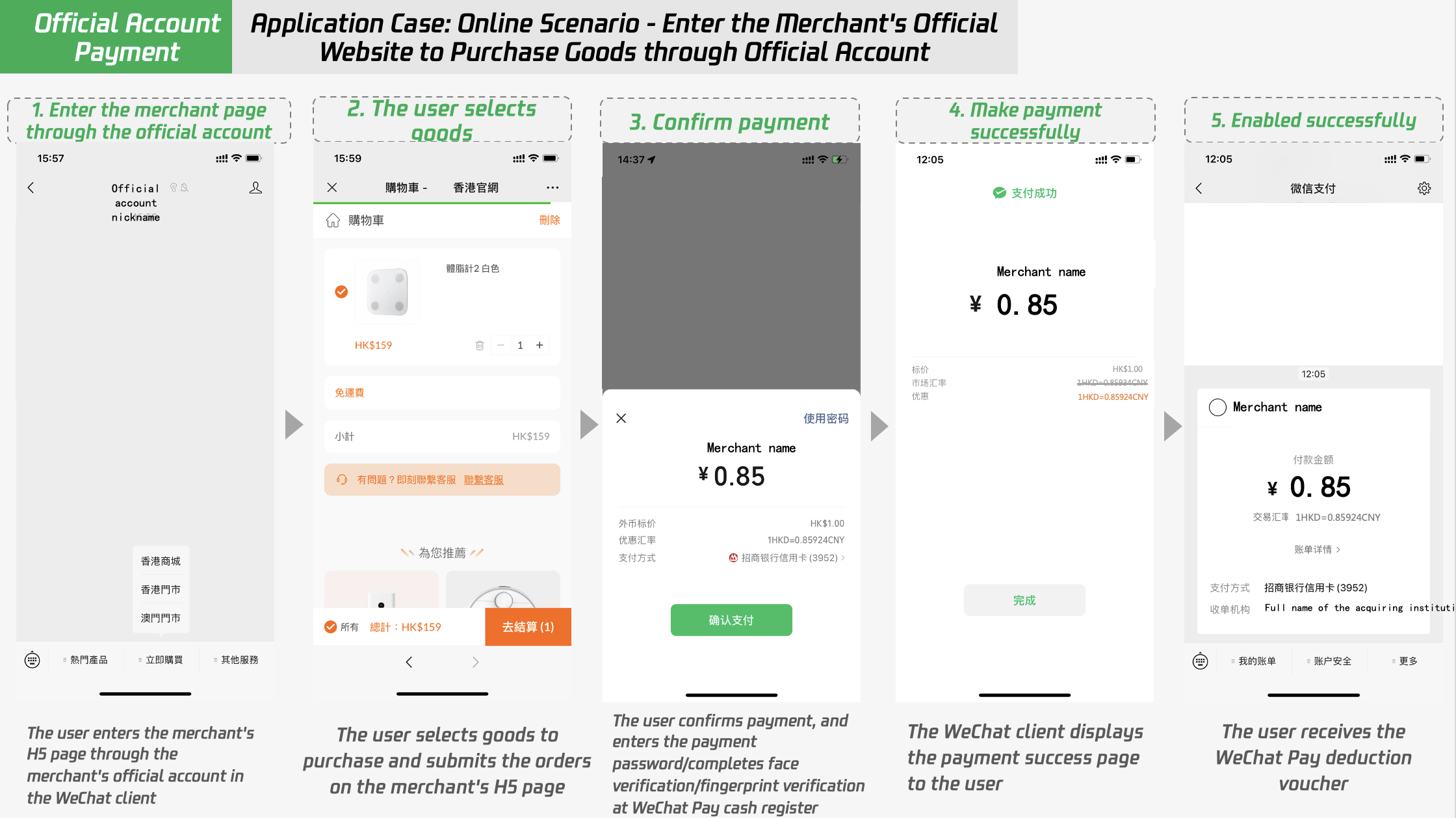

Limits are placed on online payments, in-store payments, and remittances tied to the amount of verification on the account. These restrictions can be limited with more intensive verification, but these limits could prevent fraud as well. While stopping payment on either platform is tough, it’s important to note that Alipay has more account limitations, including limits on the amount that can be withdrawn and sent. These payments are flagged for review to prevent fraud. These can include biometric login requirements, passwords, and fraud alerts for potentially suspicious payments. Alipay: Securityīoth services employ industry-standard security for transactions and use additional technology to ensure that transactions are secure. The intent behind adding this feature was to allow people to instant message money to one another. The app even allows users to send gifts to friends using the Red Envelope feature. Customers can send money to people within their WeChat circle and elsewhere. While WeChat initially started as an instant messaging service, the incredibly popular app now includes other services like financial transactions. Alipay was originally created exclusively for use on the popular online retail site, Alibaba, but can now be used anywhere that accepts Alipay as a form of payment. Wallets and payments systems like PayPal, Apple Pay, and Google Pay are also connected to this system, but neither commands the market that AliPay and WeChat Pay do in China.įounded in 2005, Alipay has been around longer than its WeChat Pay competitor, which was added to the company’s suite of services in 2011.


With multiple firms involved in the process, from banks to credit card companies, to payment processors, the cost of transactions goes up with their handling and processing fees. In contrast, the United States depends on banks for most non-cash payments, and all are tied to consumer bank accounts. Run by two of the world’s most valuable companies, Alibaba Group and Tencent Holdings, Alipay and WeChat Pay create a digital system that combines social media, commerce, and banking making payments a seamless part of shopping and living. Led by Alipay and WeChat Pay, Chinese consumers go straight from cash to smartphones, skipping the use of credit and debit cards. The Chinese government is playing an active role in building a world-class infrastructure to support digitization as an investor, developer, and consumer. Something as simple as implementing two payment methods can transform your business into a welcoming shopping experience for an entire demographic.

But why should U.S.-based merchants take notice of these payment options?īy accommodating tourists and cross-border e-commerce shoppers from China, U.S.-based merchants can capture more revenue by gaining new customers, improving approval rates, and decreasing friction at checkout.įor example, a recent poll found that 93 percent of Chinese tourists prefer to use mobile payment options when traveling, and 73 percent said they would buy more if a mobile payment option was available. These two wallets account for 94% of all mobile transactions in China, and with 776 million people using mobile wallets in China, it is safe to say these two payment options are loved and expected by Chinese consumers. Alipay vs WeChat Pay: Two mobile payment options that dominate the Chinese payment space.


 0 kommentar(er)
0 kommentar(er)
